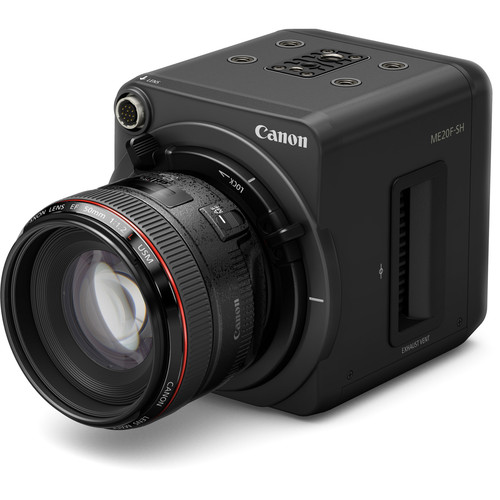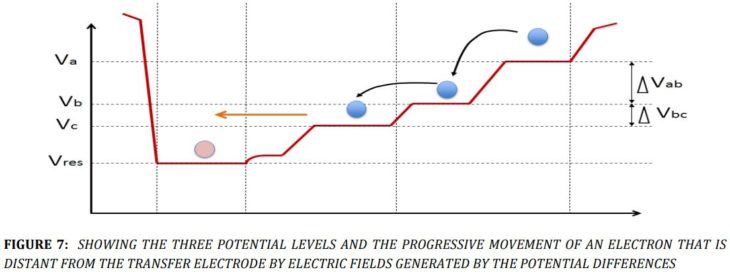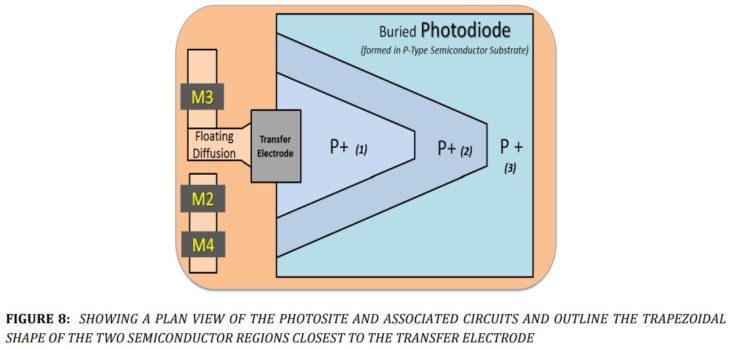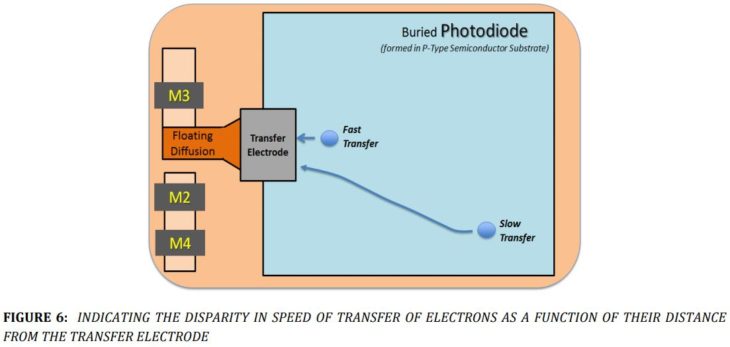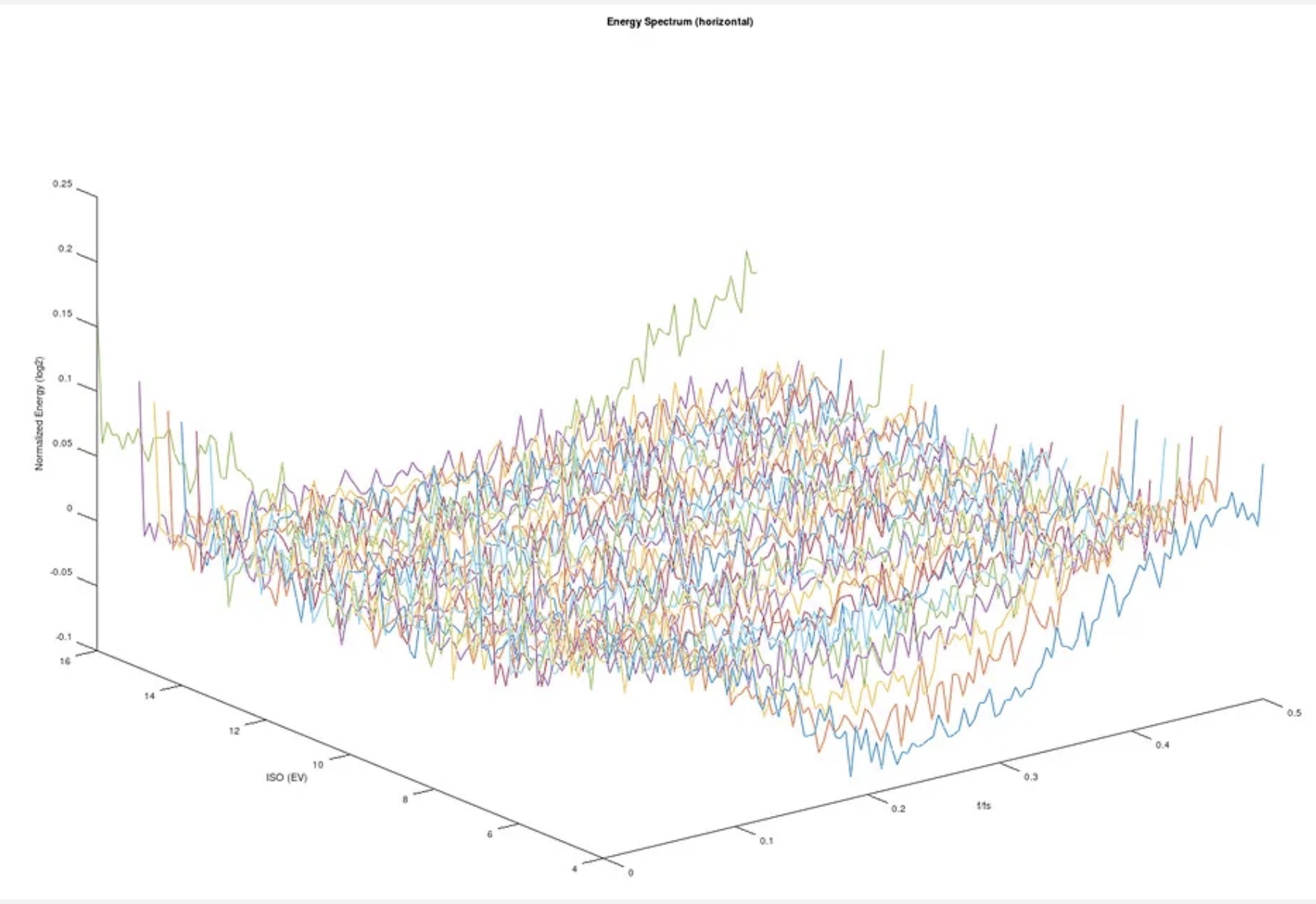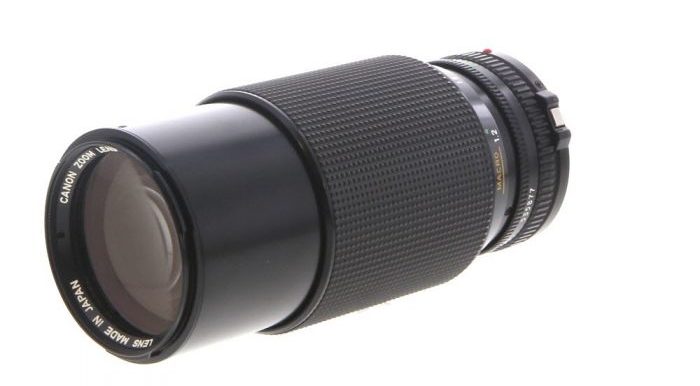Here is a neat video. Host Rudy Winston, Canon technical advisor of renowned fame, explains…
Canon expands pixel size on FF sensors for more dynamic range & low light performance, white papers
Two interesting white papers published by Canon’s research engineers show how the company is working to build 35mm equivalent, full-frame sensors with increased dynamic range and low light sensitivity. Both articles where presented at the Hollywood Professional Alliance (HPA) Tech Retreat in Palm Springs on February 19, 2016.
The papers, spotted by Image Sensors World, discuss the challenges to fit 19um large photodiodes on a FF sensor. The white papers refer to the sensor featured in Canon’s ME20F-SH multi-purpose camera, a low-light champion.
The image sensor design sought optimization of three key attributes of the photo site:
- Sensitivity – determined by the quantum efficiency of the photosite
- Saturated charge quantity (sometimes termed full well capacity) – that determines dynamic range
- Efficiency of the charge transfer (sometimes termed conversion gain) – the goal being to transfer all electrons during each reset period to ensure full sensitivity
The larger the active photosite within the individual pixel the greater the capacity for capturing photons during the normal charge period. This is the primary factor defining the sensitivity of the photosite. However, the efficiency of accumulating and transferring these electrons to the pixel output during the readout period are equally important. The total charge accumulated must then be converted to a voltage that constitutes the output of that individual pixel. The pixel size of the ME20F-SH is approximately 19um square – and the photosite is a little smaller because of associated circuitry. The quantum efficiency of the photosite is defined by the percentage of incident light photons that are converted to electrons. Figure 3 shows the spectral characteristics of the image sensor. The effective monochrome Quantum Efficiency of the ME20F-SH photosite output is 70% at 500 nm.
 Abstracts on Canon’s Digital Learning Center state:
Abstracts on Canon’s Digital Learning Center state:
This presentation will review two technical innovations in CMOS image sensors and their associated digital processing that have significantly enhanced motion image origination. Details of the relevant technologies will be discussed.
The first technology is a new Super 35mm CMOS image sensor specifically developed to support origination of High Dynamic Range (HDR) motion imagery. The deployment of two separate photodiodes within each photosite is central to achieving the 15-stop dynamic range. The dual photodiode also supports a unique in-sensor phase detection strategy that is followed by powerful data processing that closes a focus control loop around the cine lens. Alternatively, for those who prefer manual focus operation, a separate data processing provides a Focus Guide in the form of signaling in the viewfinder achievement of precision focus.
The second technology exploits the large size of the 35mm Full Frame CMOS image sensor with the modest spatial sampling of 1920 (H) x 1080 (V) to realize a uniquely large photosite of 19 um x 19um. This facilitated development of an HD camera having unprecedented sensitivity. The final operational specification of a maximum ISO 4,000,000 setting has produced an HD camera that opens a broad spectrum of truly innovative image capture. This includes nighttime wildlife productions (many species are nocturnal) and deep underwater imaging that require no lighting whatever, certain astronomical shooting, unique documentary productions, and many forms of surveillance imaging.
Advances in further developing Canon’s own Dual Pixel Auto-Focus technology are also discussed:
Second Generation Dual Pixel CMOS Image Sensor – 15-Stop DR
The C300 Mark II employs a new generation Super 35mm CMOS sensor which is based on the same dual photodiode per photosite. Additional innovations within the photodiode design in combination with new on-chip noise cancellation technology have simultaneously lowered the noise floor and further elevated the saturation level of the charge well. In addition, a totally new microlens design heightens the efficiency of light direction onto the two individual photodiodes while also improving the separation between the two photodiode outputs.
The Canon ME20F-SH is not for anyone everyone, it’s a specialised camera and it sells for $20,000 at B&H Photo and Adorama.

